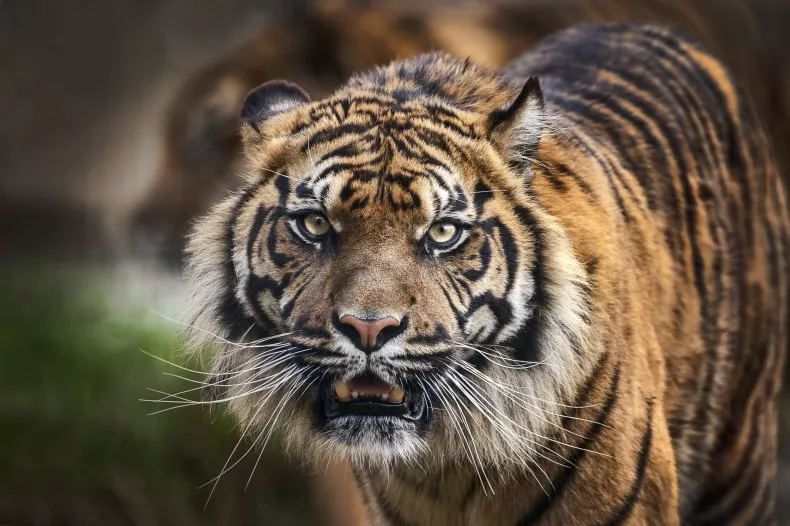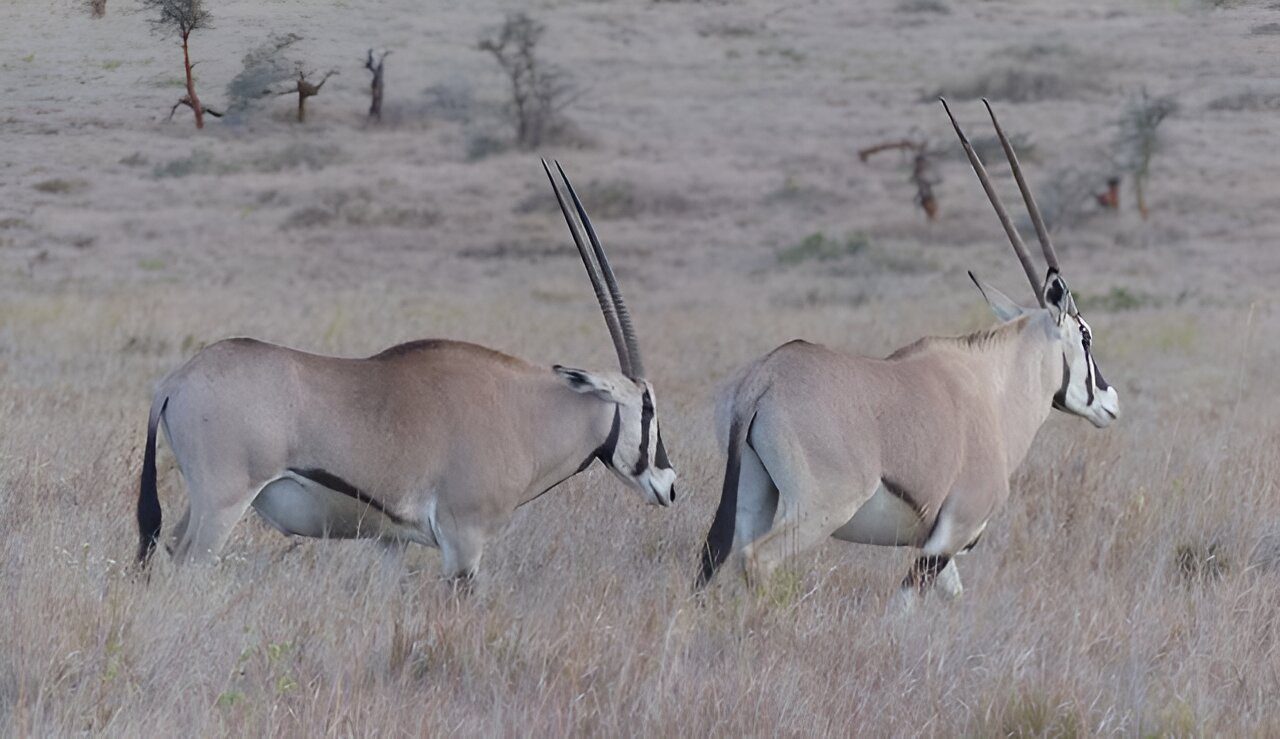Tigers are one of the world’s most dangerous animals due to their large frame, menacing teeth and rapid speed.
Because an adult tiger can weigh over 220kg (500lb), have canines up to four inches in length and run as fast as a racehorse, humans have come to fear tigers.
While it is rare for tigers to attack people, let alone maul them to death, the story of the Champawat tiger, which stalked and killed over 400 individuals over a century ago, is not such a serene tale.
Believed to be born between 1895 and 1897, this female Bengal tiger initiated her first attacks in the village of Rupal, located in western Nepal.
This tiger’s uncharacteristic lust for human blood was down to a combination of factors, including loss of habitat, loss of prey, and the fact it had shattered its upper and lower right canines, leaving it unable to defend its turf against other tigers forcing it to look farther afield.
It was then that the tiger somehow discovered that humans were a readily-available source of protein, with human settlements becoming ‘a veritable smorgasbord’, according to The New York Post.

The roaming presence of the ferocious animal saw hunters sent in to kill the tiger, but she managed to evade them and continued to hunt.
Indeed, the number of killings by the Champawa tiger became so high that the Nepalese Army was called in due to the understandable safety concerns.
Despite failing to capture or kill the tiger, soldiers were able to force the tiger to abandon her territory and drive her across the Sharda River into India.
Despite repeated efforts from the British government, bounty hunters, police officers and army troops were all unsuccessful in their attempts to capture the elusive animal of prey.
It even set a bounty on tigers, which saw tens of thousands of the animals killed, but they could not slay the formidable Champawat.
Eventually, in 1907, the deputy commissioner of Nainital, Charles Henry Berthoud, visited his friend Jim Corbett, a railway worker who was born and raised in the hills of Kumaon, Uttarakhand.

According to No Beast So Fierce: The Terrifying True Story of The Champawat Tiger, by Dane Huckelbridge, Corbett had ‘spent his formative years tracking alongside indigenous [hunters] in the jungles of Kaladhungi’.
He was said to be as ‘at ease tracking sambar through the jungle as he was playing bridge at high tea’ and ‘could imitate the grunts of a leopard or the chuffing of a tiger with an accuracy that sent a collective shiver through a dinner party’.
After another attack by the tiger saw the death of a 16-year-old girl, Corbett had a fresh blood trail to follow, but made sure of safety in numbers, by returning to the scene with 300 villagers.
They were instructed by Corbett to be ready ‘firing rifles, pounding drums and screaming as loud as their lungs would allow.’
When the creature, which was described as ‘a striped apparition, too fleet to be real, erupting from the shadows’, emerged from the shadows, Corbett missed with his first shot. His life hung in the balance.
Although the next two shots hit the tiger, Corbett was out of cartridges and had to sprint to grab a shotgun from a villager.
He then proceeded to run back until he stood 20ft away from the animal.

There, he would deliver a fateful blow to the animal, one that brought its extraordinary rampage to an end.
While the killing of the Champawat tiger was celebrated by many at the time, Corbett had developed a fondness for the animal despite killing arguably the most famous tiger to have ever lived.
A lover of Indian wildlife, he spent the last two decades of his life campaigning for their protection, so shaken was he by their rapid decline.
Remarkably, the man known as the ‘legendary tiger hunter’ became ‘the animal’s most dedicated conservationist’.
This article by Zac Campbell was first published by The Daily Mail on 19 January 2024. Lead Image: A stock photo shows a tiger. A man-eating tiger has recently been shot in India.
TONYBAGGETT/GETTY.
What you can do
Help to save wildlife by donating as little as $1 – It only takes a minute.




:max_bytes(150000):strip_icc():format(webp)/grandy-849074536-8686b617b7a24af39d970c3f1981b94a.jpg)


Leave a Reply